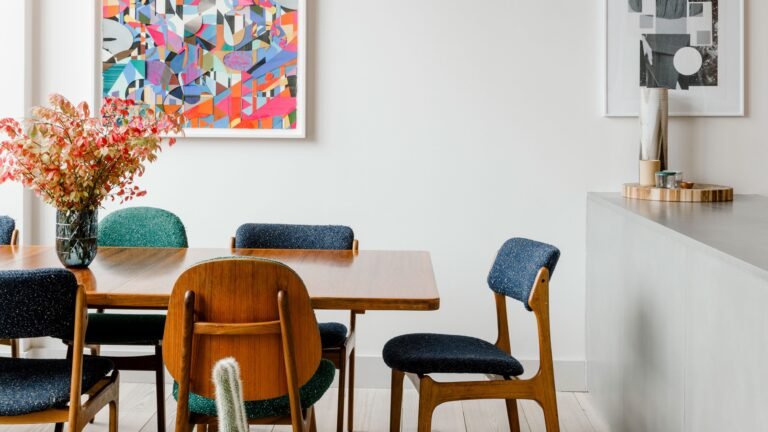This New Generation of Asian Youth Is Creating Ceramic Art for the Diaspora
While in her final year at Edinburgh, the pandemic hit. Itching to work but unable to start large-scale projects during lockdown, Hannah began creating a series of intricate, hand-sculpted snuff bottles, inspired by versions she had seen in museums. Using colorful polymer clay—a familiar craft material from her childhood—she adorned each one with intriguing anthropomorphic features as well as hints of her own Asian heritage—like clay copies of her grandmother’s jade pendants, gifted from her last trip to Singapore, and orchids, the country’s national flower. The results were more personal than anything Hannah usually creates, describing them as “quite symbolic of me and reminiscent of my own heritage, being in between British and Singaporean.”
Memories of ornate Chinese pottery have seeped into Joey Yu’s subconscious. In 2018, the now 27-year-old artist created a series of 3D printed plaster vases entitled Tender Vessels with Unique Board, an exclusive collective that taps artists for bespoke collaborations. Describing the project as “technology meets a style of artwork that has been going on for hundreds and hundreds of years,” Joey adapted her loose and airy illustration aesthetic into five modern-day scenes, juxtaposed with Chinese craft elements and shapes in mind. Looking back, she realizes just how influenced she was by the objects from her childhood, namely ornate dishware she recalls her family using for meals. “You kind of take that for granted,” she admits, adding that creating the vases made her more aware of what’s always been around her. “I’m like, ‘wow, I was surrounded by all these really beautiful drawings growing up!’”
Reflecting on her own history, Mei shares Joey’s sentiments. “I think as a kid you don’t really think too much about it,” she says. After taking over her family’s shop, Mei began critically researching the significance of all the motifs and symbolism behind the pieces her grandparents had sourced for W.O.W.’s collection over the years. Eager to share her findings, she and W.O.W.’s staff synthesized them into a zine called Porcelain As Expression, which breaks down 12 motifs identified as commonalities in Chinese porcelain as well as 10 patterns classic to the shop’s repertoire.
“What was really important to us and is very central to our ethos at W.O.W. is making sure that we’re centering people’s experiences, family histories—all of those things compounded—in making sense of who we are as people of the diaspora and why these nostalgic pieces are so symbolic,” Mei adds. With the intent to separate Chinese porcelain from confusing jargon traditionally devised by an overly art historical white gaze, Mei deliberately approached the zine in a way that made the subject feel less distant to diasporic communities. Ultimately finding that “folks are often drawn to specific pieces because they grew up with them,” she also encourages visitors to create their own meaning and relationship with the objects they choose.
Photo: Mischelle Moy
In broaching the subject of distance, both metaphorically from the culture and physically from their family’s ancestral homes, each artist cited how much inspiration they get from meaningful, though infrequent, trips to visit relatives in Asia—Hong Kong for Catalina and Joey and Singapore for Hannah. Though many later generations, ones farther removed and with no more familial ties to “the old country,” have a tougher time connecting. Mei describes it as a deep sense of “longing for belonging,” explaining that this distance ultimately means having to dig a little deeper in order to understand your history and legacy.
It’s an anxiety-inducing thought that author and musician Michelle Zauner—known also by her musical alias Japanese Breakfast—explores in her best-selling novel Crying in H Mart. Eponymously named after her 2018 essay of the same title, published in The New Yorker, Michelle fights to keep her mother’s memory—and in turn her Korean identity—alive through shopping at the specialty Asian grocer the pair used to frequent. In both Michelle’s writing and in these new wave art objects exists a pervasive fear that one’s culture is lost through the passage of time and the passing of loved ones.
In combating this notion, Catalina adds a chop mark, the traditional seal-like character symbol commonly used by Asian artists as a signature, onto almost all of their ceramics. It displays their last name, Cheng, written in its traditional Chinese character. “It’s so important for me to keep writing it on my work because if I go a long time without seeing it at all, I forget how it goes,” they conclude. “It’s a weird feeling because how could you forget your name? But if you don’t use it, you lose it.”


